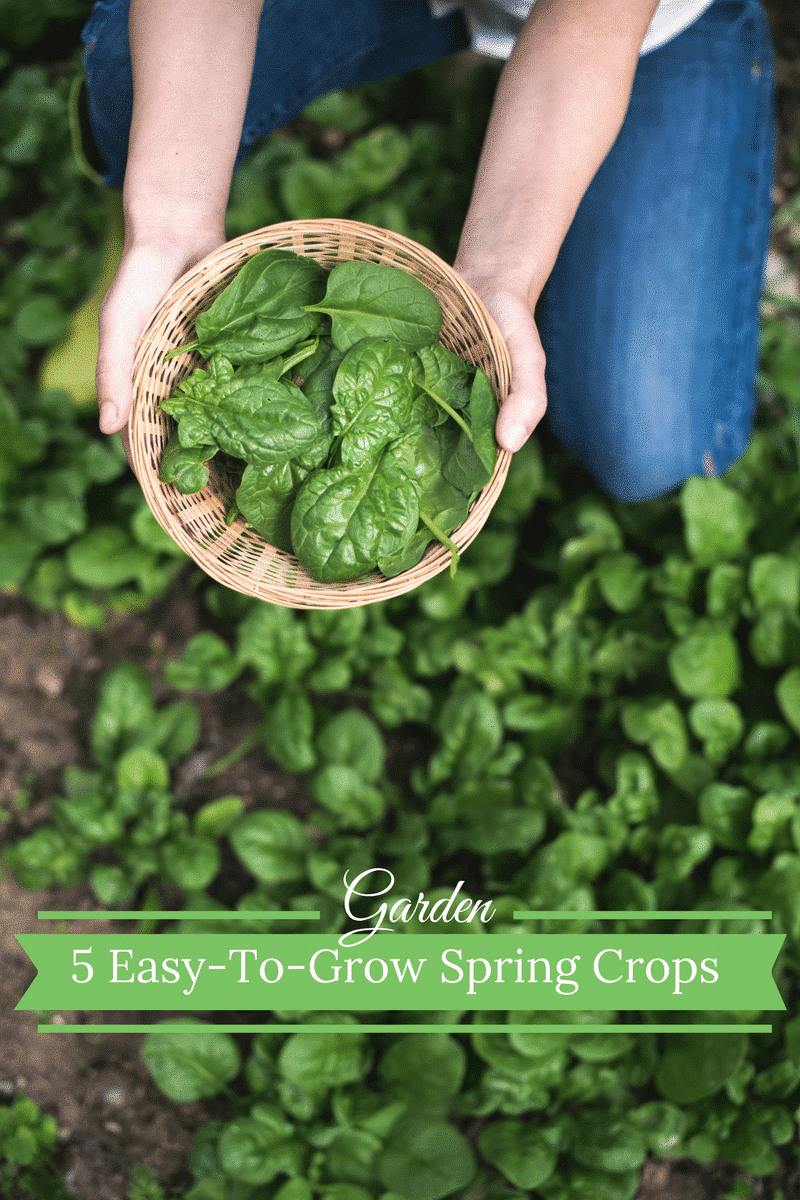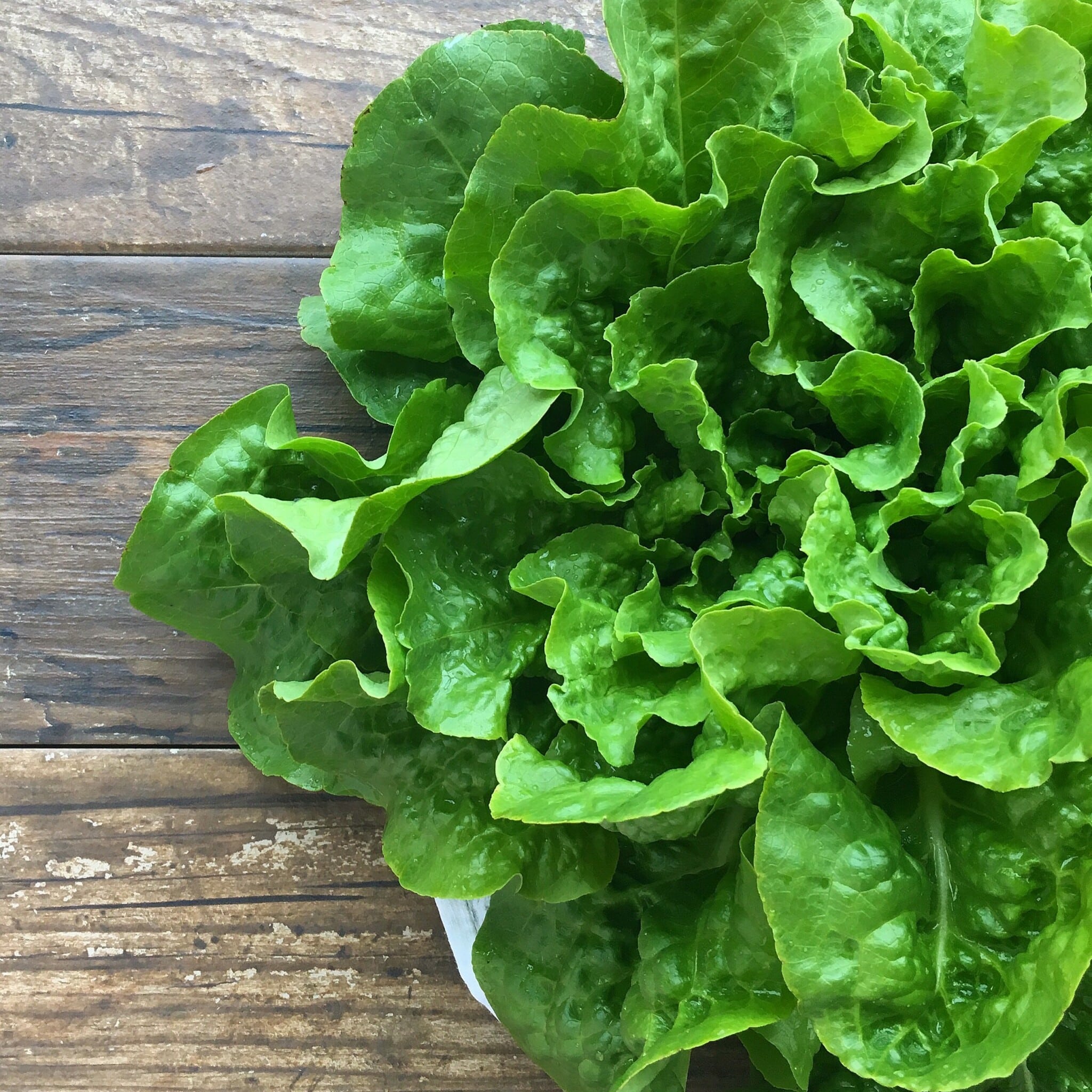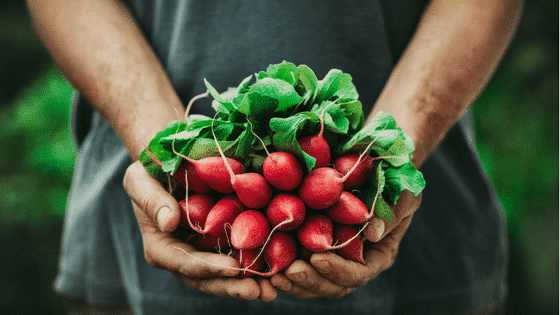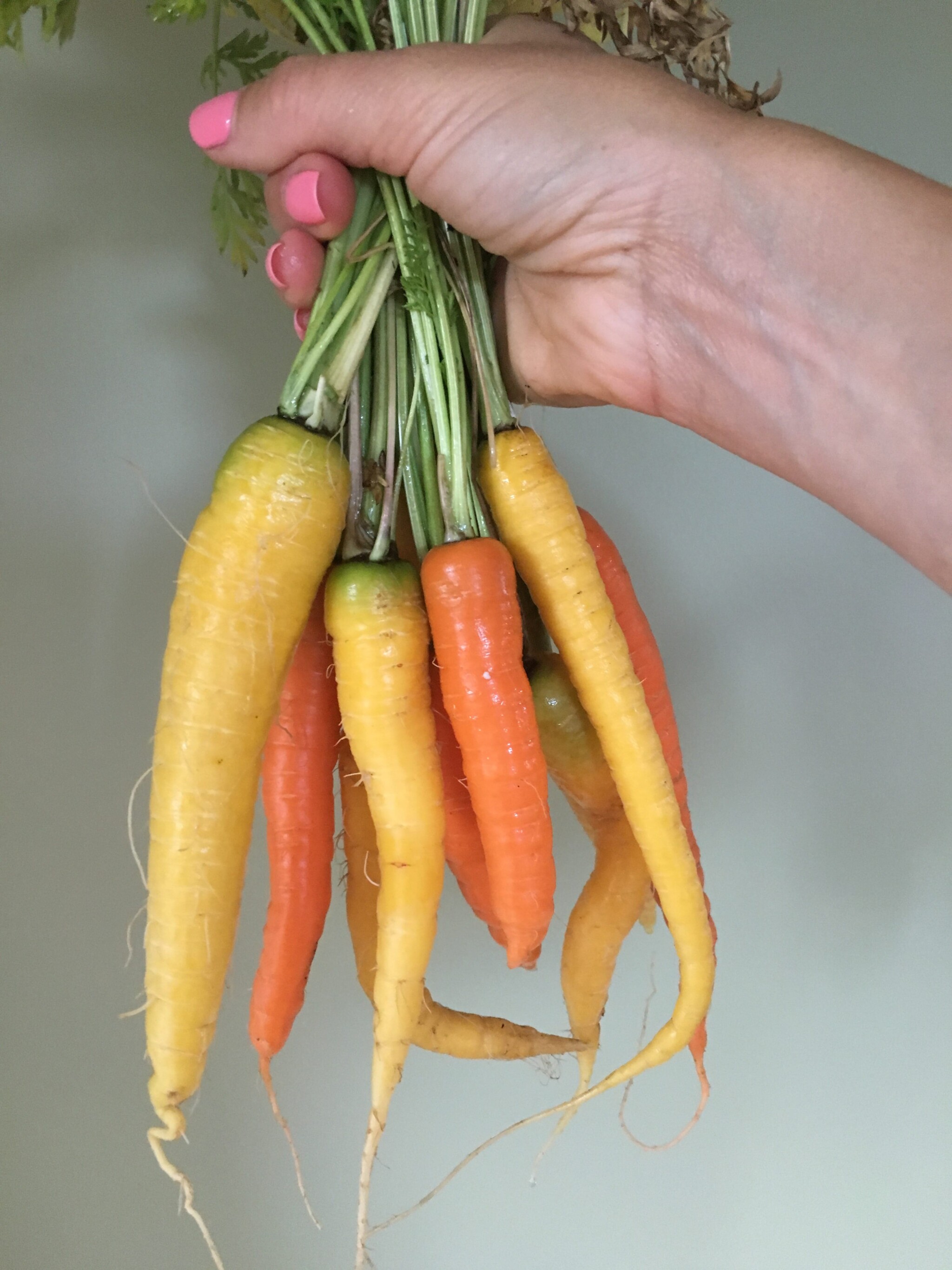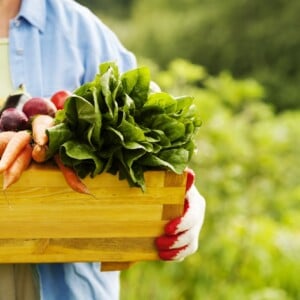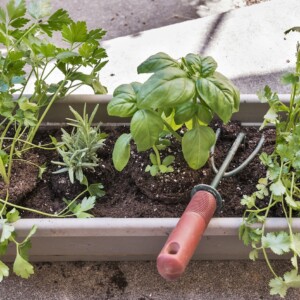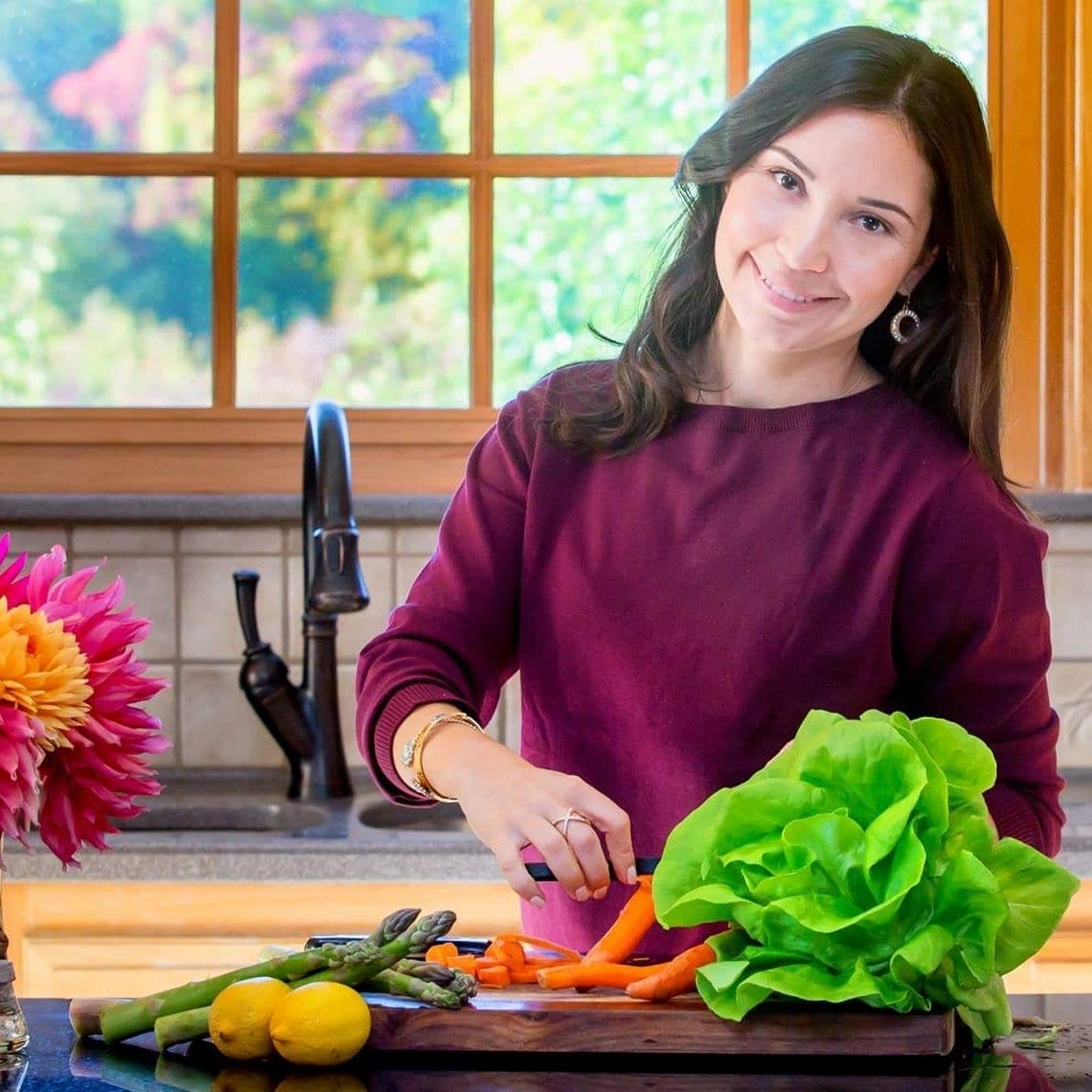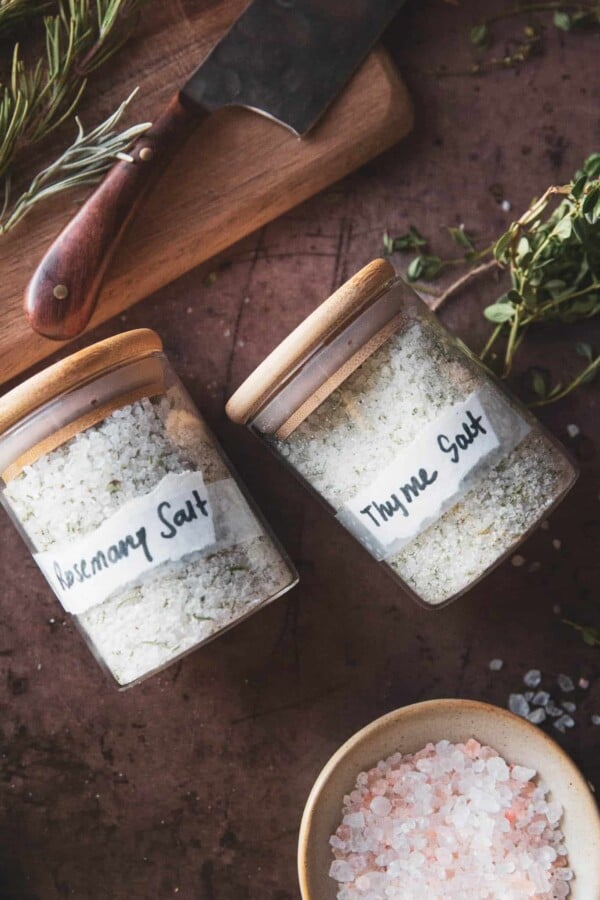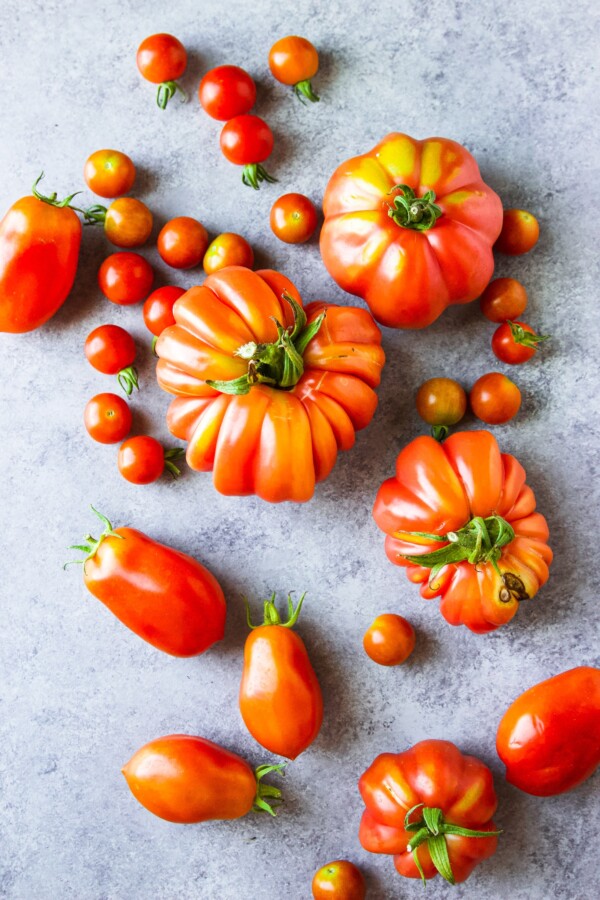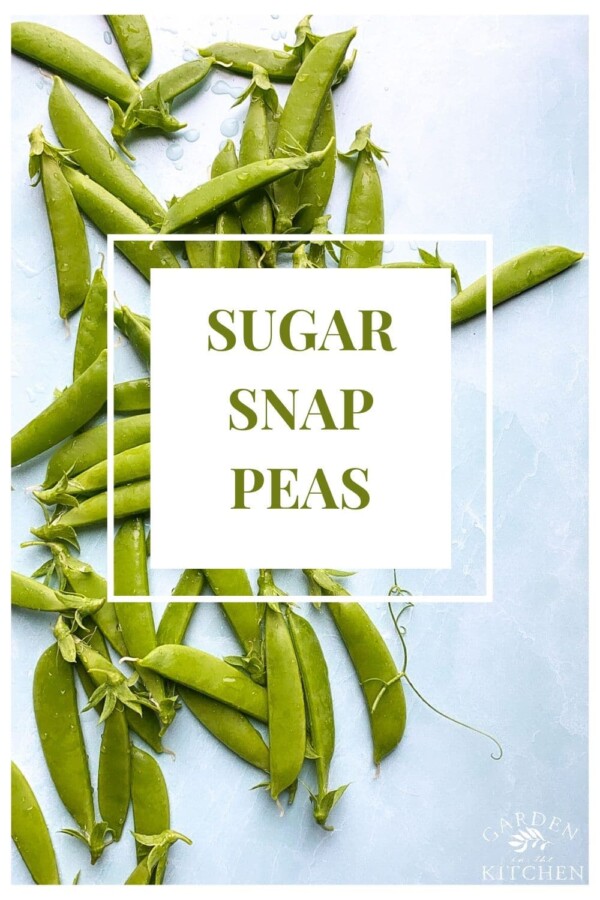April is a great time to start planning and planting your garden. It’s no coincidence that April is our National Garden Month (US) while Earth Day is celebrated on April 22 worldwide.
However, not all crops can resist the still frigid temperatures, especially during the night and lack of sunshine. Luckily there are a few crops that will easily thrive in this type of environment.
Here are 5 easy-to-grow cool weather crops that you can start right now;
- Spinach
Spinach is an easy-to-grow crop that can be harvested in as little as 40-45 days (about 6 weeks). This leafy green can tolerate frost without damage and grow very well in containers as well as in the garden. Sow or plant seedlings directly outside, in containers or window boxes about 6in apart. When selecting the container keep in mind that spinach roots are shallow, therefore you won’t need a very deep container. Keep the area well moist and weeded so the spinach doesn’t need to fight for water and nutrients. Spinach can be harvested when the leaves are still small, for a milder taste perfect for salads, by cutting the outer leaves leaving the smaller ones in the middle to continue growing. A second option is to allow the leaves to grow larger (about 10 weeks) and harvest at that time.
2. Lettuce
There are two types of lettuce to choose; loose-leaf variety also known as cut-and-come-again crops and heading variety. In this post I am going to focus on the loose-leaf variety because it’s the easiest to grow and perfect if you are new to gardening. Lettuce like rich, well drained soil that is able to retain moisture. It grows well in containers, window baskets or in the garden and can tolerate cool and moist temperatures. Direct sow the seeds in clusters of four or five every few inches and thin them out once the plant grow about four leaves. Space about 12 inches apart and if you don’t have the space for all the lettuces, eat the young leaves in a salad. Much like the spinach, lettuces can be harvested in two ways; pick the outer leaves in early morning when the leaves are moist and crip, allowing the remains smaller leaves to continue to grow, or harvest them all at once when the plant mature to full size.
3. Radish
Radishes (and carrots, below) are a fun crop to grow. Starting with the fact that it only takes about 25 to 35 days to harvest! Early planting is the key to grow crunchy and great tasting radishes. This root vegetable thrives in loose and well drained soil. Keep it most. For best results direct sow the seeds on the garden or container every 10-12 days, about 3 inches apart. To harvest the roots, pull one out about 3 weeks after planting. They should be about 1 inch in diameter, if you leave them too long on the ground they will over mature and become very spicy.
4. Carrots
Carrots are super easy and fun to grow, making this root vegetable one of the most popular crops to grow in a container or your garden bed. There are so many varieties to choose from, so it is important to read the package instructions, however if you are growing them in containers choose a ‘round’ or small baby varieties. Direct sow in early- mid spring by scattering the seeds over the soil. Water gently and keep soil continuously moist but not soaked. As they grow, thin the seedlings to the “recommended distance for your particular variety” (see package) so the carrots have room to grow. Harvest the carrots by pulling them out once they reach full size. If the soil is too dry, add water to make pulling easier.
5. Brussels Sprouts
Finally, another cool weather loving plant is brussels sprouts. They are also fairly easy to grow and yield an delicious cabbage like vegetables about 110-130 days later. Brussels grow on a thick tall stalk, so right there can you imagine all the beauty? Many nurseries offer brussels seedlings in early spring which is the best way to get started, specially if you are new to garden. I’ve had ‘somebunny’ come in my garden and eat the young leaves way too many times so this year I am growing them in large containers (picture above). Soil conditions must be rich, well-drained and able to hold moisture, however not sandy and loose soil like the other options above. If you decide to plant in your garden be sure to space them about 2 feet apart. Note -brussels have shallow roots, if it gets too windy in your area be sure to provide support as the plant grows. Also, you will notice some of the leaves turning yellow, its normal. Simply remove the yellow leaves to encourage good air flow. To harvest, pick the sprouts when large enough by twisting them off or cutting with a small and sharp knife. The ones on the bottom will mature quicker.
OTHER ARTICLES YOU MIGHT ENJOY:
Vegetable Garden Guide for Beginners
